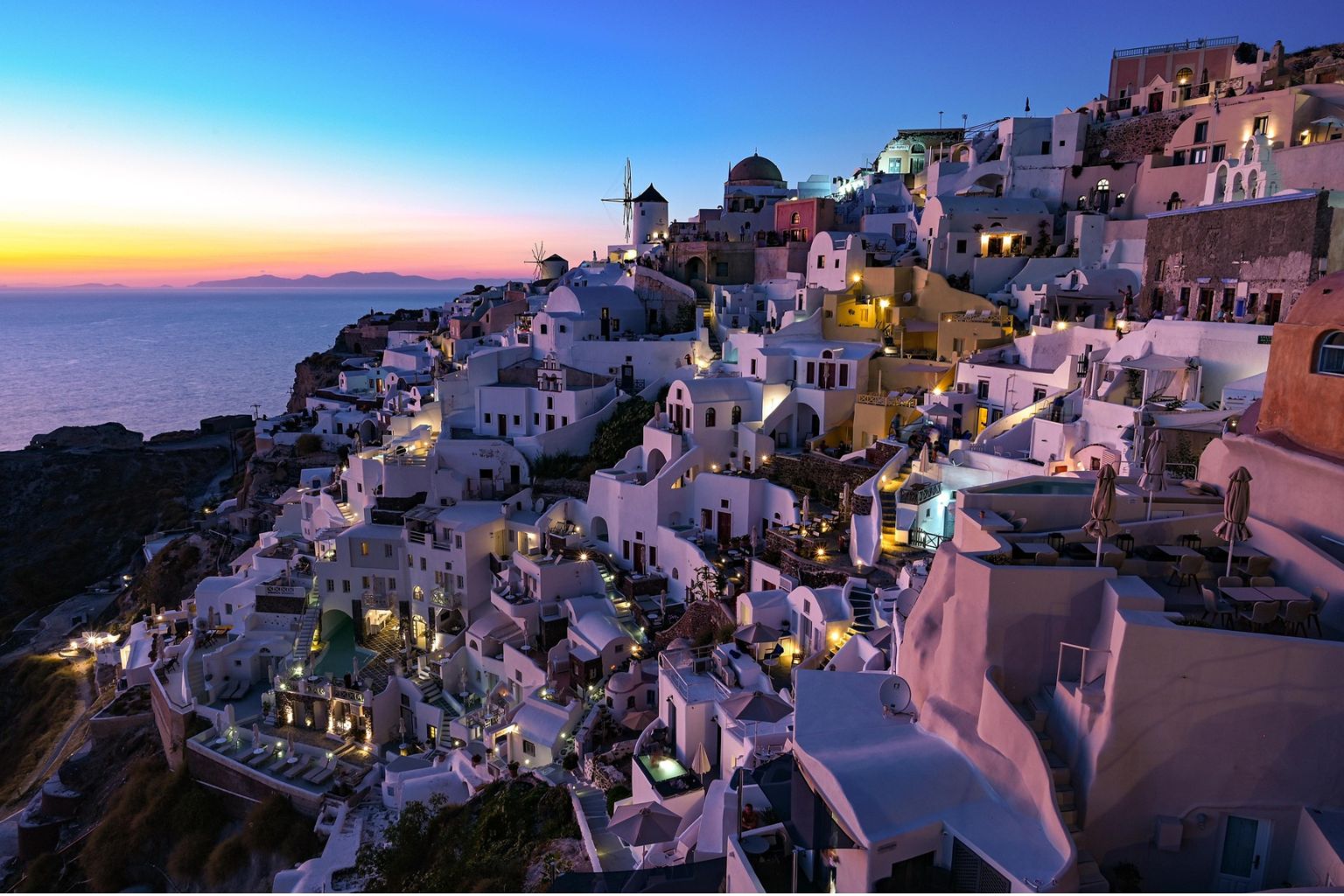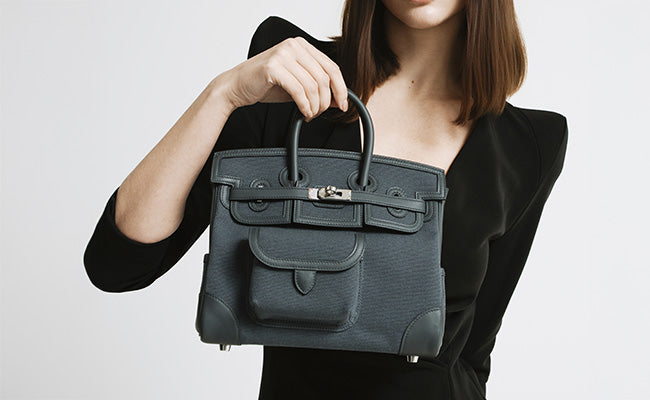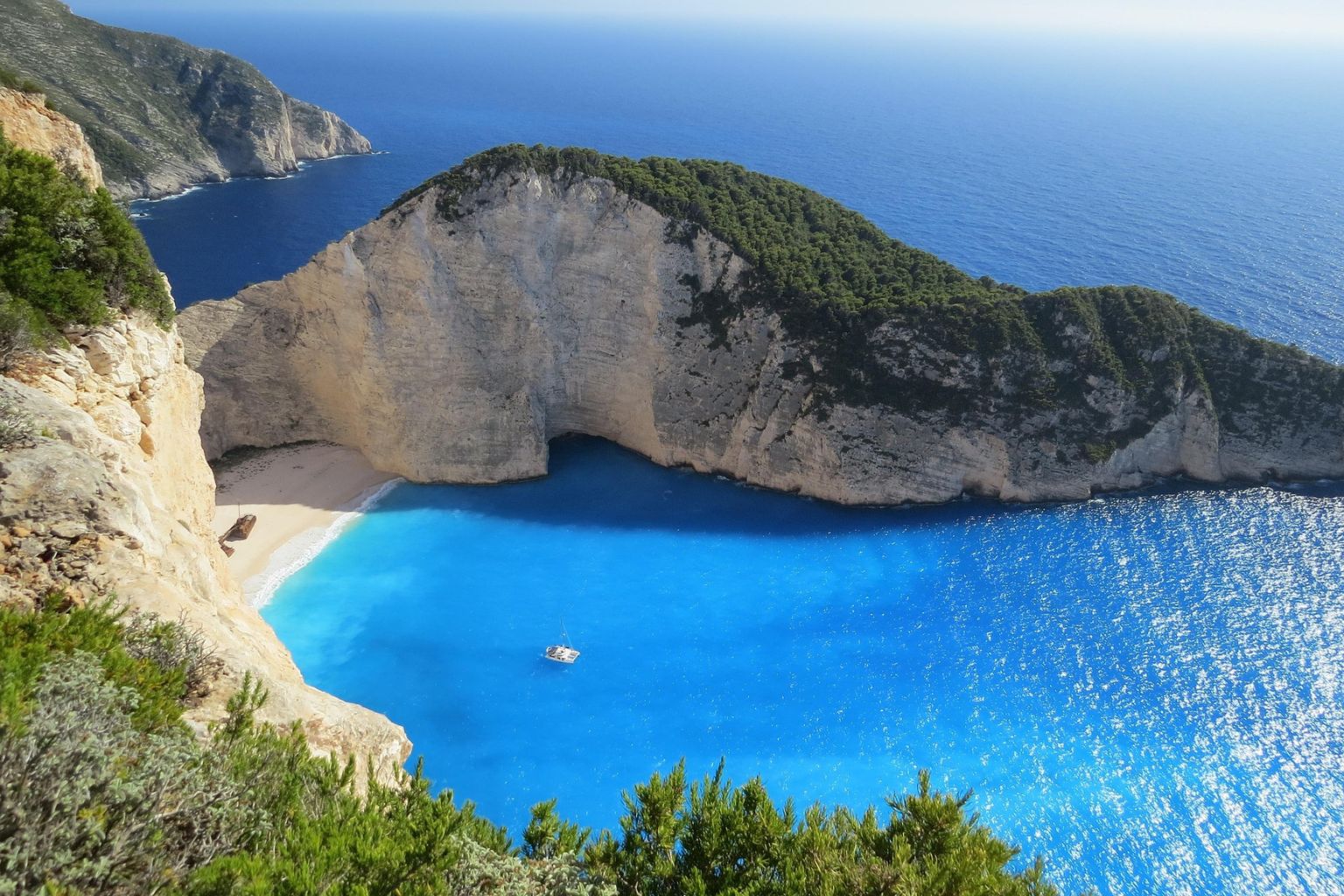
Epsom vs. Togo in Rainy Climates: Structure, Spots, and Dry Time
Check out our Hermès collection and Birkin bags!
When you’re eyeing a Hermès bag, it’s worth knowing how different leathers fare in real-world weather.
Epsom and Togo are two of the most popular options, but their quirks, how they handle rain, keep their shape, and dry out, can make a surprising difference in day-to-day use.
Epsom’s embossed, structured surface shrugs off water better than Togo’s natural grain, making it a safer bet for rainy climates. Togo’s slouchy, veiny texture has its own charm, but those creases can trap moisture more easily.
So, if you’re often darting between raindrops, you might want to weigh style against practicality.
Key Takeaways
- Epsom leather resists water and dries faster, thanks to its structured surface
- Togo’s natural grain holds onto moisture longer but gains character with care
- Both need prompt drying and regular upkeep to look their best
Epsom vs. Togo: Key Differences in Structure
These Hermès leathers differ in grain, weight, and how well they keep their shape over time.
Grain and Texture
Epsom has an embossed grain. The result is a uniform, almost rigid feel with a smooth, polished look. Light bounces off its surface in a way that’s easy to spot.
Togo, on the other hand, sports a veiny, natural grain that forms during tanning. You’ll feel the texture right away; it’s more matte and classic in appearance.
| Aspect | Epsom | Togo |
|---|---|---|
| Grain Type | Embossed, uniform | Natural veiny pattern |
| Surface Feel | Smooth, dry | Grainy, textured |
| Finish | Polished shine | Matte appearance |
Weight and Feel
Epsom feels lighter, especially when empty. That’s thanks to its thinner construction. You can tell the difference just by picking up two empty bags.
Togo’s thicker hide gives it more heft. Some people love that solid, grounded feel, especially in bigger bags like the Birkin 35cm.
Shape Retention Over Time
Epsom keeps its shape. Corners stay sharp, edges crisp, and the whole bag resists sagging. Even after years, it rarely loses that architectural look.
Togo, though, relaxes and slouches as it ages. Some collectors actually prefer this lived-in vibe. The grain also helps hide little scratches and scuffs, and the bag stays sturdy, just softer.
Performance in Rainy Climates
Caught in a downpour? Epsom and Togo react differently, mainly because of their surfaces and structure.
Water Resistance and Behaviour
Epsom’s embossed grain works as a water barrier. Raindrops bead up and roll off, not soaking in right away. That’s a real plus if you’re always dodging rain.
Togo, with its pebbled texture, lets water in a bit more. The surface is softer and more porous, so moisture can sneak in. Still, Togo holds up for quick rain exposure if you take care of it.
Both leathers dry out fairly quickly with the right care, but Epsom usually wins the race because of its treated finish.
Spotting and Staining Factors
Epsom’s smooth finish hides water spots pretty well. Most marks wipe off easily with a dry cloth. Lighter colors might show spots at first, but they usually vanish as the leather dries.
Togo’s veiny pattern is a blessing here. It camouflages water marks and little stains. Darker Togo shades like Black or Etain barely show anything, while lighter ones can darken temporarily when wet. Epsom tends to bounce back faster, but Togo’s spots fade as moisture evaporates.
Drying Times: What to Expect
Epsom dries out faster, thanks to that embossed surface. Togo’s pebbled grain holds onto water a bit longer.
Epsom Dry Time After Rain
Expect Epsom to dry in about 2-4 hours after light rain. Water doesn’t hang around; it beads up and rolls off. The structure keeps moisture from pooling in creases.
Some things can speed things up:
- Warm temps (20°C+): dries in as little as 90 minutes
- Low humidity: keeps drying time short
- Good airflow: cuts time by up to 40%
Dab with a clean cloth to remove surface moisture. Don’t use heat. Hair dryers can ruin the grain for good.
Togo Dry Time After Rain
Togo needs 4-8 hours to dry completely. It soaks up more water, but the pebbled grain spreads it out. The slouchy nature means water can collect in folds, so gently reshape the bag while it dries.
Togo dries best at:
- Room temp (18-22°C)
- Humidity around 40-60%
- Indirect airflow
Don’t stuff wet Togo bags with paper or fabric. It can mess with the texture for good.
Durability and Everyday Use in Wet Weather
Epsom and Togo each have their own strengths when it comes to scratches and changing seasons.
Scratch Resistance
Epsom’s pressed surface shrugs off scratches, even when damp. The structured grain deflects scuffs that might dig into softer leathers.
Togo’s pebbled texture hides light scratches well. When wet, it’s a bit more vulnerable to deeper marks, but honestly, most minor damage disappears into the grain.
Regular conditioning helps both leathers stand up to water and wear. In fact, a well-cared-for Hermès bag just gets tougher over time.
Handling Humidity and Seasonal Changes
Togo breathes better in humid weather. Its porous surface lets moisture evaporate slowly, so you won’t get water spots or stiffness.
Epsom, with its tight grain, is less breathable but more water-resistant. In sticky summers, you trade a little comfort for protection.
Seasonal notes:
- Spring: Epsom dries out fast, Togo soaks then releases water slowly
- Summer: Togo stays soft, Epsom might feel a bit stiff
- Winter: Both stay flexible if you keep up with care
Togo’s fibers actually get stronger with the right humidity, while Epsom keeps its texture no matter what the weather’s doing.
Care Tips for Epsom and Togo in Rainy Seasons
Both leathers need a little extra love when it’s wet out, but their care routines aren’t quite the same.
Preventing Water Damage
Epsom handles rain better than most, but don’t leave water sitting. Dab it dry right away with a soft, lint-free cloth. No rubbing, or you’ll risk damaging the grain.
Togo offers mild resistance, but wipe up spills quickly to keep water from soaking in. The texture hides marks, but too much water is never good.
A few basics for both:
- Use a good leather protector before rain season
- Store bags in dust covers
- Don’t set wet bags on surfaces
- Keep silica gel handy to soak up extra moisture
Restoring Structure and Texture
Epsom needs help holding its shape if it gets wet. Stuff it with acid-free tissue while drying to keep those crisp lines. Only condition it a few times a year. Too much softens it up.
Togo likes a bit more moisture. Let it air dry away from heat, and use leather creams monthly in rainy months. Its grain bounces back from minor water mishaps, but regular conditioning keeps it supple.
Other Considerations for Hermès Collectors
Beyond rain-proofing, collectors have to think about color choices and how climate can affect long-term value.
Colour Choices and Rain Performance
Dark colors are your friend in the rain. They hide spots way better than light ones. Dark Epsom shades like Noir or Graphite keep things looking polished, and their texture helps too.
Togo does well in most colors, but lighter shades like Craie need extra care if you get caught out. Exotics? Save those for dry days. No sense risking a rare skin in a storm.
If you live somewhere rainy, darker tones are a safe bet. Folks in dry climates can get away with lighter bags.
Long-Term Value in Changing Climates
Weather matters more than ever for collectors. People are starting to factor in climate when picking leathers.
Epsom’s structure makes it appealing for humid places. It holds shape and looks good for decades, which helps resale value.
Togo’s durability means it ages well, even if it softens a bit. Some buyers like that character, so it’s not a dealbreaker.
Leathers that handle weather well might fetch higher prices as more people catch on. Good storage, climate control, humidity management, keeps any Hermès bag in top shape, whatever the leather.
Frequently Asked Questions
Rainy weather throws a lot at Hermès leathers. Here’s what people usually want to know.
How do Epsom leather bags hold up in frequent downpours, eh?
Epsom stands up pretty well in heavy rain. Its embossed surface and tight grain help it keep its shape, even when wet.
Water beads on the surface, so you’ve got a bit of time to find shelter before it soaks in. Still, you need to dry the bag properly after. With Epsom, watch out for water pooling in seams and corners. Give it a careful spot on the counter while it dries.
What's the scoop on maintaining that fab Togo texture when it's literally raining cats and dogs out there?
Togo's natural grain texture is surprisingly forgiving when it comes to rain. That veiny surface actually hides minor water spots and the usual weather wear pretty well.
If Togo leather gets wet, just blot it gently. Don't wipe. That way, you keep the grain looking sharp, which is kind of the whole point of Togo.
Let Togo dry on its own, in its usual slouchy shape. If you try to stuff or reshape a wet Togo bag, you might end up with a weird, permanent crease or lose that signature drape.
Looking for a hot minute dry time: which leather gets you from soaked to sleek faster?
Epsom dries way faster than Togo. Its tight grain and thinner feel mean it doesn't soak up much water in the first place.
Togo, on the other hand, is thicker and more porous, so it takes its sweet time. Think hours, maybe even overnight.
But here's the catch: Epsom needs to be positioned carefully while drying, or you're asking for water spots. Togo's more chill about that, but you'll need patience.
Spotted! But not in a good way, any tips for preventing water spots on Epsom leather during a surprise shower?
Act fast! Dab Epsom leather with a clean, absorbent cloth as soon as you can after it gets wet.
Stand the wet bag upright and make sure air can get to all sides. If water pools anywhere, that's where spots show up.
If you do see spots, don't try to scrub them out right away. Let the leather dry fully first. Sometimes they fade on their own, and if not, maybe it's time to call in a pro.
Can a Togo leather bag brave the storm and stay chic, or should I just stay in and sip maple syrup?
Togo's actually a bit of a champ when it comes to weather. The natural grain and that relaxed shape make it more resilient than you'd think.
Honestly, you can take a Togo bag out in light or even moderate rain without freaking out. Maybe just pack a cover if the forecast looks biblical.
Togo breathes well, so it usually bounces back after getting wet. It's made for real life, not just sitting pretty on a shelf. Though no shame if that's your vibe.
Got a sec to talk structure resilience? How do these leathers stack up in the great wet north?
Epsom holds its rigid shape surprisingly well in wet conditions. That embossed surface and the stiff build really help it resist warping or sagging when things get damp.
Togo’s got this slouchy vibe, and honestly, it handles rain in its own way. The leather flexes and adapts, so you don’t really see cracking or weird distortion after it gets wet.
Once you let them dry out properly, Epsom pops back to its crisp, structured look, and Togo just relaxes right back into its usual drape.




